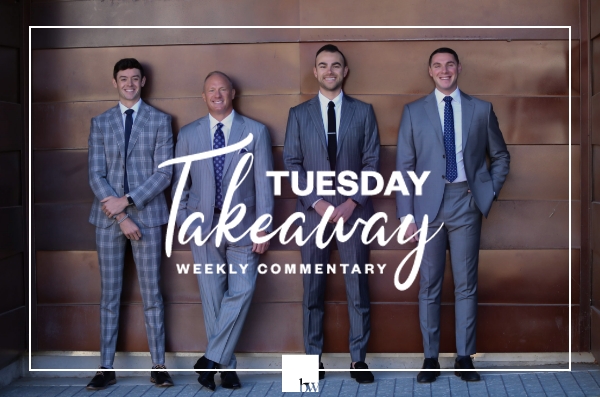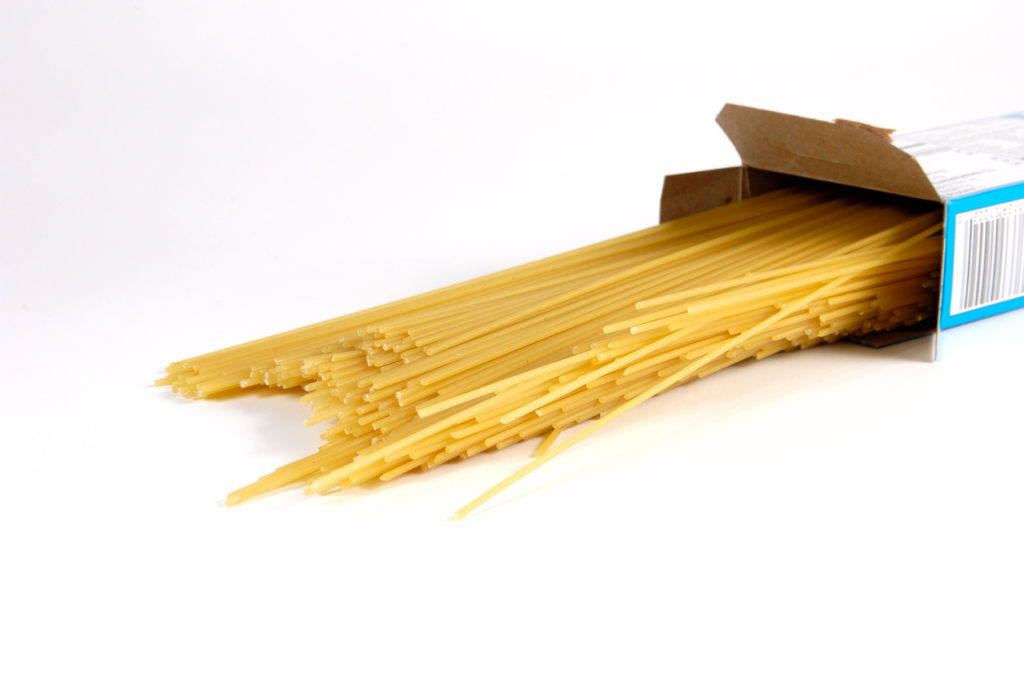
Market Insights:
January 2, 2024
Posted on January 02, 2024
Planning and Guidance, Tailored To Your Life and Goals
Tuesday Takeaway
Posted on June 14, 2021

It’s transitory. It’s not transitory. It’s transitory. It’s not transitory.
Media analysts were plucking the inflation daisy petals last week. On Thursday, the Bureau of Labor Statistics released the Consumer Price Index Summary, which showed prices were up 5 percent year-to-year.
“Investors are debating whether the surge in prices at both a producer and consumer level will prove transitory, as the U.S. Federal Reserve believes, or become entrenched. Much of the angst over medium term inflation pressure becoming hotter is fueled by the backdrop of aggressive fiscal and monetary policy. This potentially combustible mix has a policy additive from a Fed prepared to tolerate a higher pace of inflation beyond its target of 2 percent for an unspecified period,” reported Michael Mackenzie of Financial Times.
Last week, investors took inflation data in stride. Barron’s reported the Standard & Poor’s 500 Index closed at a new all-time high on Friday. The Nasdaq Composite also finished higher, while the Dow Jones Industrial Index was slightly lower. The yield on longer U.S. Treasuries moved lower, too, which was notable. In theory, rising inflation and rising interest rates should go hand in hand.
Rising inflation remained a top concern for consumers in June, according to Richard Curtin, the University of Michigan Surveys of Consumers chief economist:
“Fortunately, in the emergence from the pandemic, consumers are temporarily less sensitive to prices due to pent-up demand and record savings, as well as improved job and income prospects. The acceptance of price increases as due to the pandemic makes inflationary psychology more likely to gain a foothold if the exit is lengthy.”
Inflation psychology occurs when consumers believe prices will continue to rise over time and begin to spend money as soon as they receive it, according to Investopedia. There is a remedy, according to Curtin. “A shift in the Fed’s policy language could douse any incipient inflationary psychology, it would be no surprise to consumers, as two-thirds already expect higher interest rates in the year ahead.” (The one-year numbers in the scorecard below remain noteworthy. They reflect the strong recovery of U.S. stocks from last year’s coronavirus downturn to the present day.)


Businesses have been finding innovative solutions to labor issues forever. For example, dogs were once bred to cook, according to Popular Science’s podcast, The Weirdest Thing I Learned This Week.
When people relied on fire to roast meat, the spit was an invaluable tool. However, turning a spit for hours wasn’t a popular job, so dogs were bred and trained to turn spits. “The first mention of the turnspit dog…was in 1576…The long story short here is that people bred terrier-like dogs to…fit easily into these treadmills that powered various kitchen aids, but primarily the roasting spit.”
By some accounts, the poor working conditions of turnspit dogs in New York hotels contributed to the founding of the American Society for the Prevention of Cruelty to Animals(ASPCA).
Today, pandemic labor shortages have sparked innovation. Companies that are having difficulty finding workers are adopting technological solutions. For example:
What’s your favorite pandemic innovation?

When scientists at Carnegie Mellon University (CMU) were looking for ways to make pasta packaging less wasteful they were inspired by Ikea’s method of packaging furniture for easier and less costly shipping. A package of pasta is, on average, 67% air, so somehow reducing the package volume would reduce packaging, storing, and shipping costs, which reduces fuels needed to transport pasta.
Researchers at CMU used the placement of grooves on flat pasta to create different shapes, likes cones and spirals, when the pasta is cooked in boiling water. If this method of producing pasta catches on, it could mean a more sustainable method of packaging, storing, and transporting pasta.
